Depression is a big nasty powerful beast, and it had me firmly in its claws, dragging me down. Toy photography helped me escape its grasp. This is how.
One of the most common diseases in the world that is not talked about much is mental illness. It is hard to talk about because a lot of the symptoms are emotional and behavioural, and not easily understood shared-experience things like pain or stiffness. It doesn’t manifest itself in ways that I figured it would. I know, because I didn’t really understand mental illness until I was diagnosed with it.
Specifically I was diagnosed with moderate severe depression back in February 2018.
This post isn’t about what depression is, or the entire story of how I was diagnosed (if you are interested, detailed posts about my story can be found on my personal blog)
This post is about how toy photography helped reveal to me that I needed help, and how it helps me cope today.
The Downward Spiral
So I have always had artistic tendencies that I explored briefly at various points in my life. However I really didn’t start exploring my artistic side in a purposeful way until 5 years ago. Once I did start exploring it I took off and never really slowed down. I didn’t always have the skills to pull of my vision, or even knew what that meant, but I had plenty of ideas, and started creating a lot of work.
So that was all good until the fall of 2016. Looking back that is when I started to enjoy my life less and less. The beast was stirring in the shadows. My energy levels dropped steadily, and I found I couldn’t cope with social issues as well as I used to (not that I was super strong at coping with social issues to begin with).
About 6 months before I was diagnosed I really started disliking my job. Now this isn’t unusual – not every likes their job. I had been working at the same company for 13 years by then, and doing basically the same tasks, but I just didn’t get enjoyment out of it. I just couldn’t get up the energy to give a crap some days. That’s not abnormal tho, so I just wrote it off as needing a change.
Recognizing Rock Bottom
At the same time I stopped having the motivation to create the things I wanted to create. It wasn’t that I didn’t have ideas, or a desire to create. I had more ideas than I ever had in my life. I just couldn’t get up the energy to get off my couch, walk the 30ft to my studio, and pick up my camera to realize my ideas. The spirit was willing, but the flesh… well, the flesh failed me. It failed me miserably.
I never understood what mental pain was until I experienced my body refusing to do what my mind willed it to do. It was like a schism in my brain That sucked. It sucked a lot, and there was no way I could excuse it away.
All of this came to a miserable head in early February when I finally hit my wall and broke down. The beast had beaten me.
I called my doctor, and sought out help.
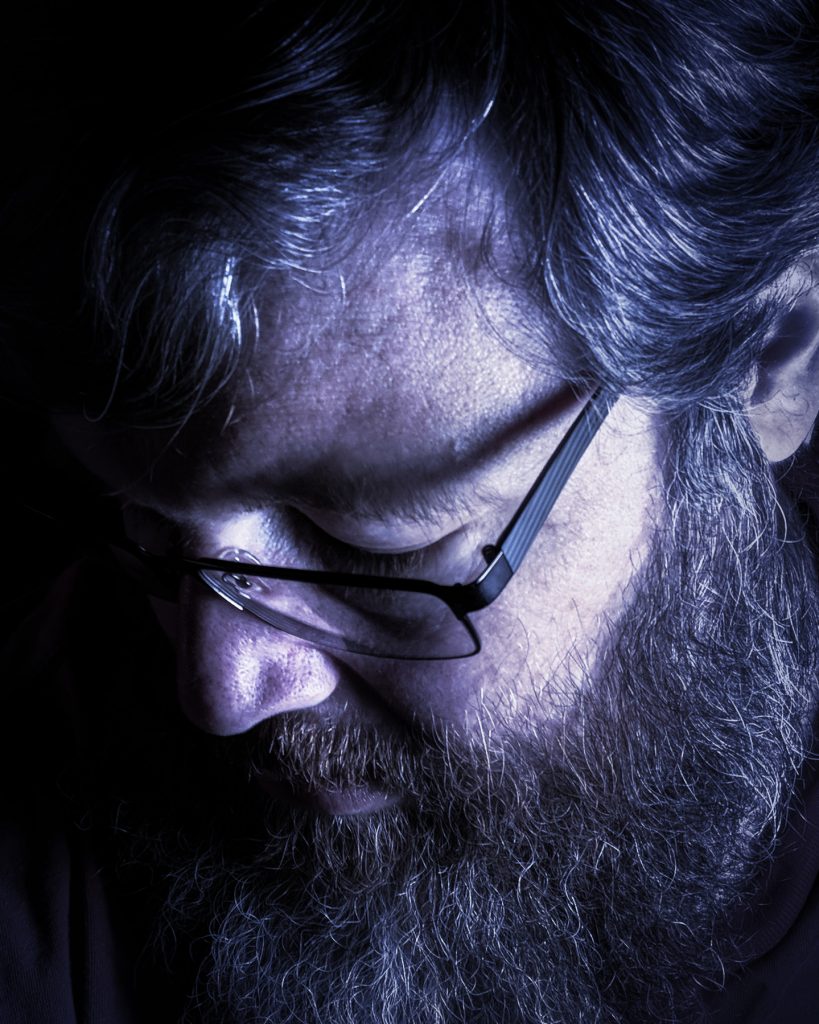
The Upward Struggle
So, long story short, I got some help, and am now on meds. Medical science is a little fuzzy when it comes to brains, but based on how my treatment has gone, I seem to have an imbalance in my brain with the chemical that controls mood. Between the medication, and a lot of soul searching, I am doing much better.
There are good days, great days, and bad days still. However more days are good than bad. I can create again, I can write again, and I can shoot photos again. It feels great.
Now toy photography serves a dual purpose in my life. First it is the same creative outlet it has always been. Second, it is an early indicator of my mental health. It does this the same way it helped me to seek help the first time, by being a gauge by which I can measure my motivation to work on my ideas.
Keeping The Beast At Bay
Of course everyone has good days, and bad days. Every artist has moments when they simply don’t want to be creative. No amount of medication and self reflection is going to change that. I, of course, am no exception. However I now pay close attention to the dynamic between my motivation and my energy levels.
If I notice that I have ideas that I don’t seem to get around to shooting, it raises some red flags in my head. I’ll give myself a few days grace, especially if work is being overly hectic, or I am feeling under the weather, but in general of my lethargy persists, I know it’s time for some soul searching and make changes so the beast doesn’t drag me under again.
I refuse to let the beast win, and toy photography is helping me kick its ass.
It is not like we needed another reason why toy photography is awesome, but being mental health therapy is a nice addition to the list, don’t you think?
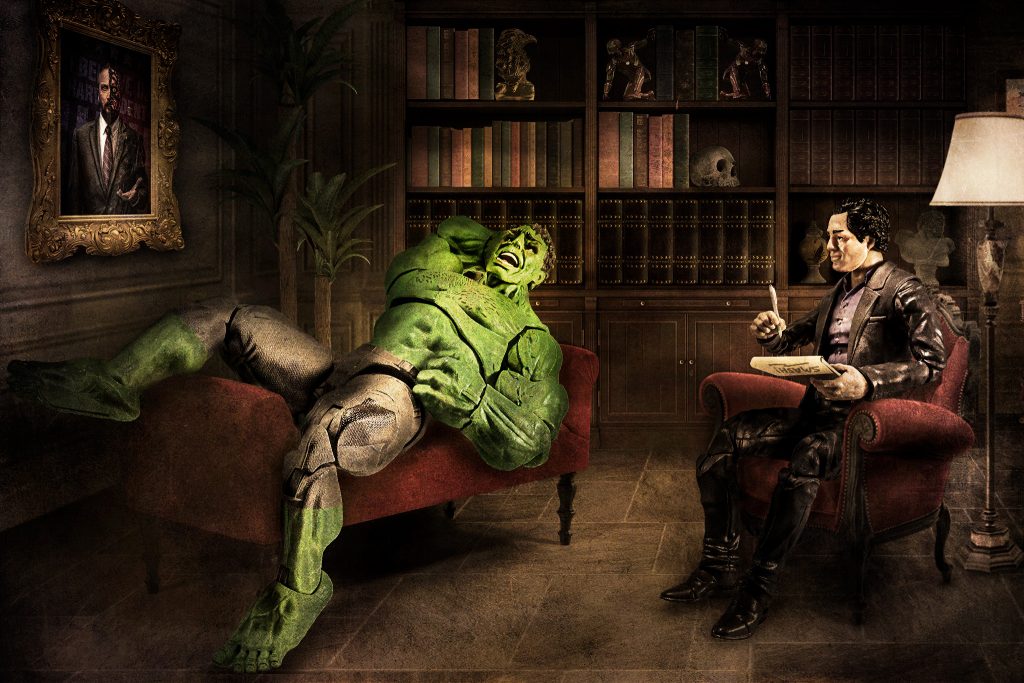
A little bit of self reflection does a person some good.
[dave]
Want more toy photography goodness? Subscribe to our weekly email round up so that you never miss a post, and find previous episodes of the podcast! If you are suffering from depression or other mental illness, please seek help. We all need a helping hand sometimes, and it will get better in time.


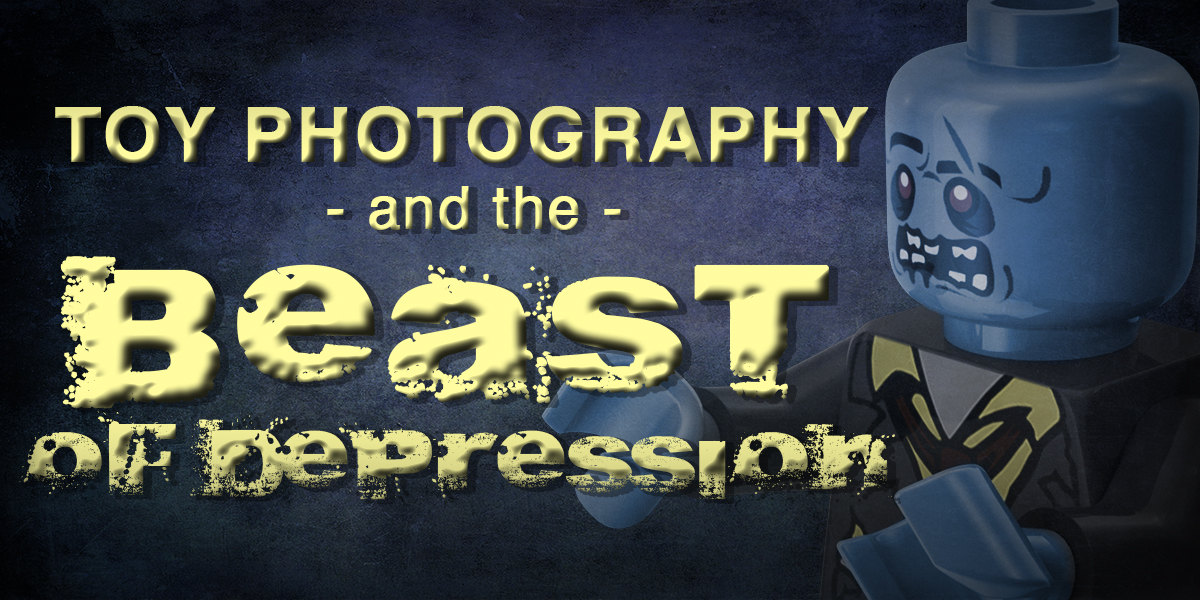
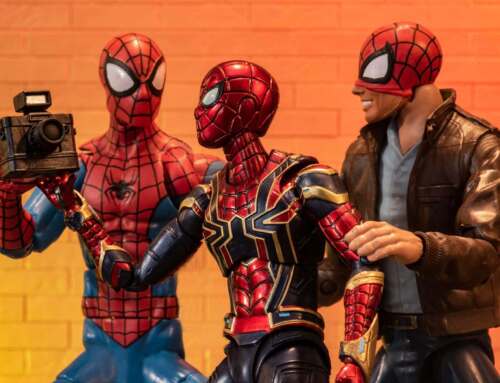
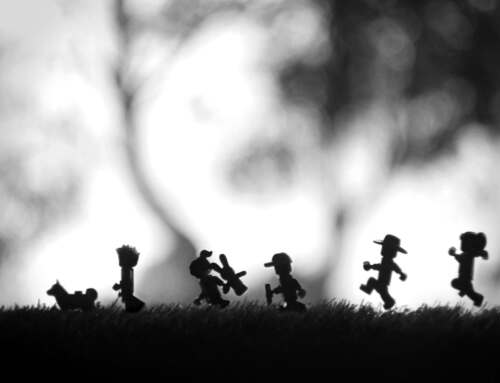
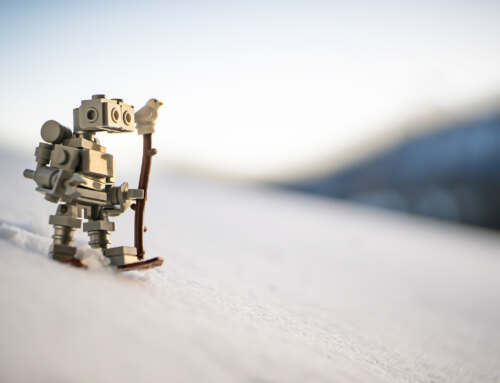
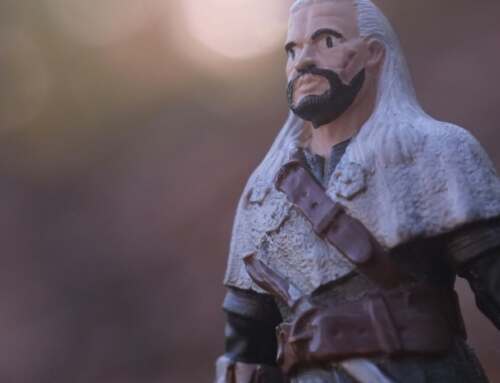
I’m glad to read you are no longer bowing to the beast.
I have suffered from depression as well and hit rock bottom a couple of decades ago. It was a long and hard climb out of that pit and I swore I would never sink that low again. Those indicators are such an important part of the process of never going back to the dark.
I applaud your courage to share this with us and wish you well on your continuing journey away from the beast.
Thanks Tony.
The two things I’ve learned since I’ve first blogged about my depression is that a) way more people have suffered depression than I had ever thought, and the importance of talking about it.
Glad you are winning your struggle!
Cheers, mate!
I’m glad that you are doing better. I’ve suffered from depression too and I know how hard it is to live with it and talk about it. I agree that toy photography can be a great therapy. I find that taking photos of cheerful, happy minifigs always makes me smile. I also feel better by looking at other people’s photos 🙂 Thank you for sharing your story Dave!
Lynn
You are welcome, Lynn. Thanks for reading, and for your comments 🙂
Thanks for sharing !
Mental Health is definitely a subject that is deserving of more attention and openness.
I also really appreciate that you shared what red flags you look for. it seems hard for some people no get that bit nailed down effectively. Usually its more like a, “and photography helped me” blanket statement, so kudos to you for being able to be so specific.
I have had a recent encounter with someone who was struggling a lot with mental health, and I wish I could have read this sooner as i think it would have helper her some.
Also, fantastic picture here! sums up really well.
Thanks Joshua. I really hope by being open it will help others.
Take care!
It seems that more of us have had to deal with depression than I ever thought and yes, I am yet another person who has done this. Thank you Dave for reminding us of those symptoms because the beast will stir again and again.
Yep, it keeps trying to come back. The beast is a persistent bastard. It pays to learn how it shows up for each person, and be ever vigilant.
Cheers, Mary!
Hi Dave,
this post is something very special. You are very open in telling something about your experiences and I like that. For me, it was particularly interesting, how you can use your toy photography as an indicator of your mental health … as a warning signal. I use toy photography more as an expression of my emotions or experiences and sometimes I process experiences in my pictures. Often, for me, in one picture, there is much more than others can see. Thank you very much for sharing your experiences with me / us and take good care of yourself!
Astrid
Thanks for your kind words, Astrid.